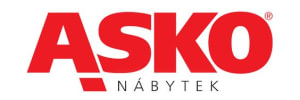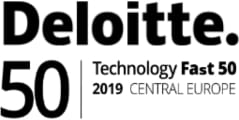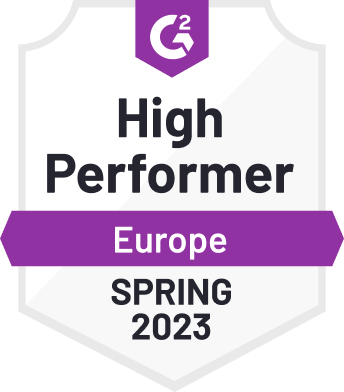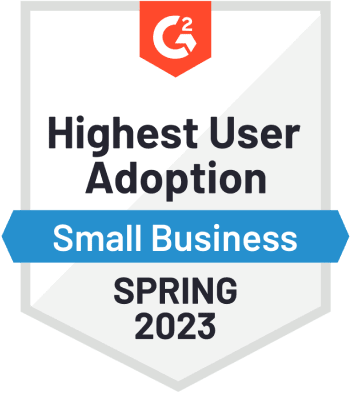Promluvte si s odborníkem na konverzační e‑commerce
- Seznámíme vás s tím, jak mohou chatboti a umělá inteligence pomoct vašemu podnikání.
- Personalizovaná ukázka produktu a funkcí na základě vašich potřeb.
- Hodnotné informace o tom, jak jiné e-shopy a firmy využívají Smartsupp k dosažení skvělých výsledků.
9000 platících zákazníků z celého světa






- Seznámíme vás s tím, jak mohou chatboti a umělá inteligence pomoct vašemu podnikání.
- Personalizovaná ukázka produktu a funkcí na základě vašich potřeb.
- Hodnotné informace o tom, jak jiné e-shopy a firmy využívají Smartsupp k dosažení skvělých výsledků.
9000 platících zákazníků z celého světa






Psali o nás



Naším cílem je pomoci vašemu podnikání růst

„Smartsupp vnímáme jako prodejní kanál, díky kterému jsme schopní výrazně navýšit naše celkové tržby. Konverzní poměr pouze z chatu je 10,3 %, což dokazuje výkonnost této služby.“

Martin Kubica
vedoucí zákaznické podpory inSPORTline.sk
- +9,7% navýšení prodejů
- 10,3 % konverzní poměr pouze z chatu
- 2,3x vyšší průměrná hodnota objednávky

Náš produkt je zcela v souladu s GDPR podle směrnic EU

Naše data jsou uložena v Amazon Web Services ve Frankfurtu nad Mohanem


